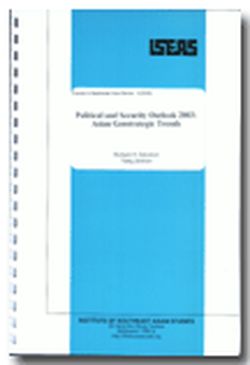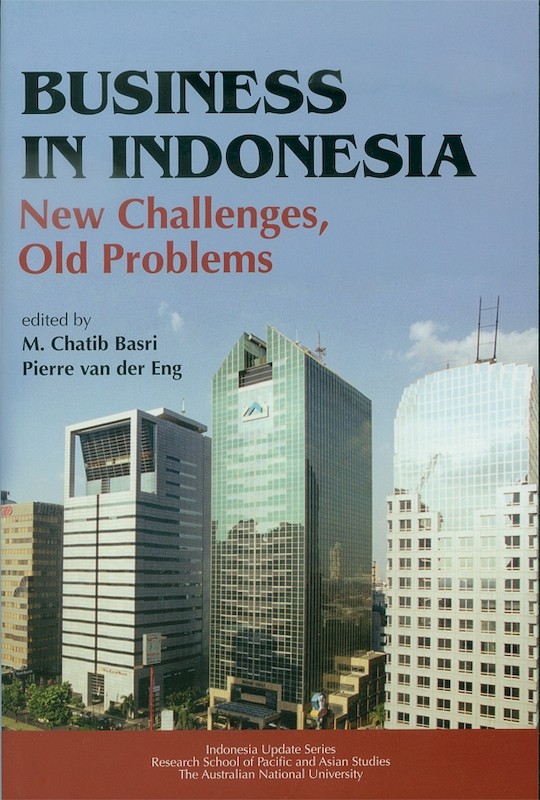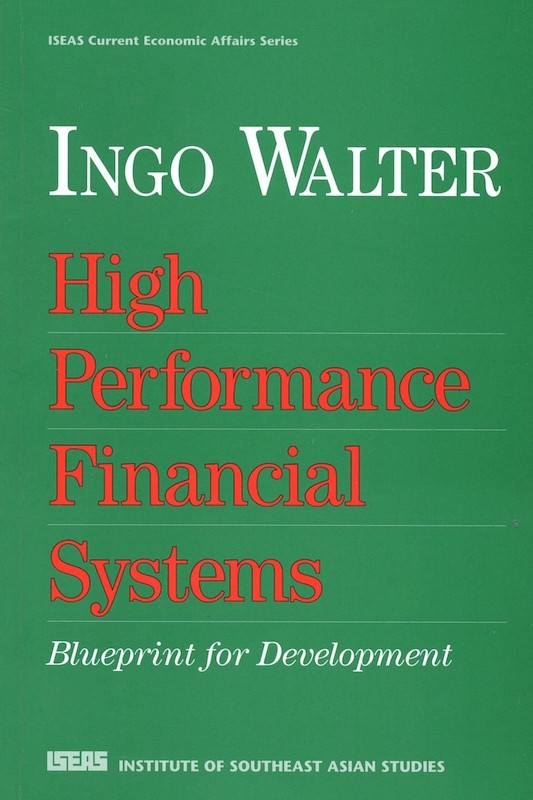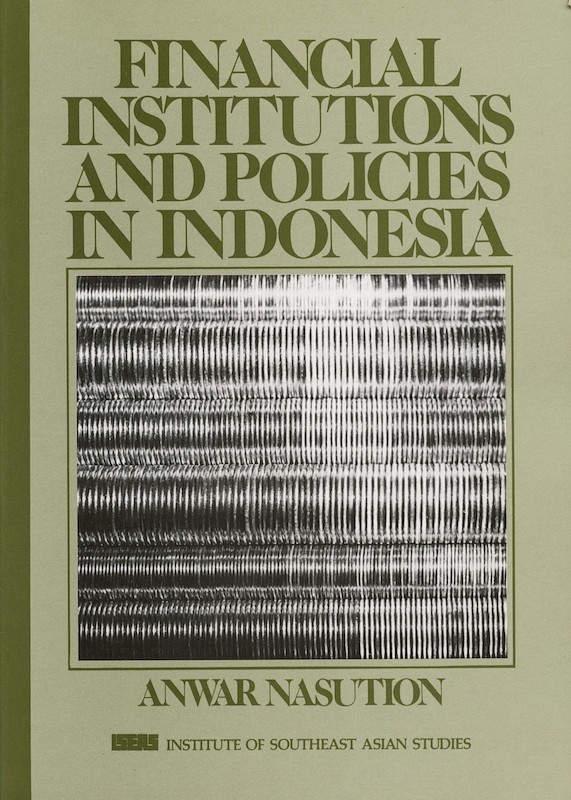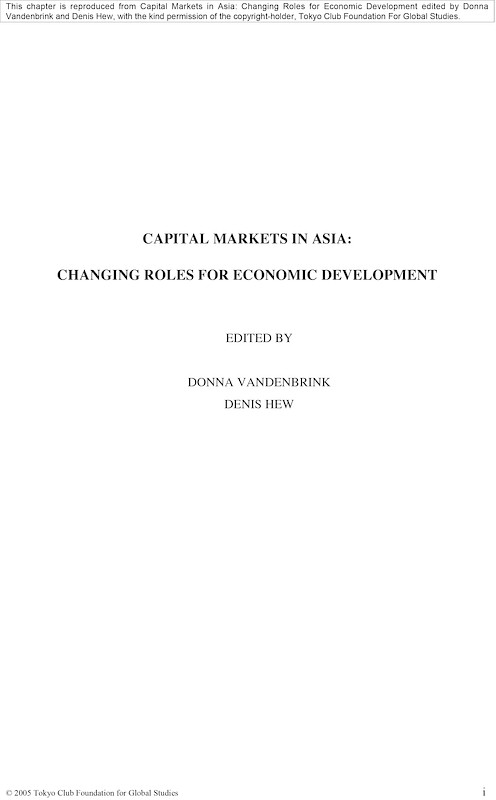Indonesia's Financial Liberalization: An Empirical Analysis of 1981-88 Panel Data
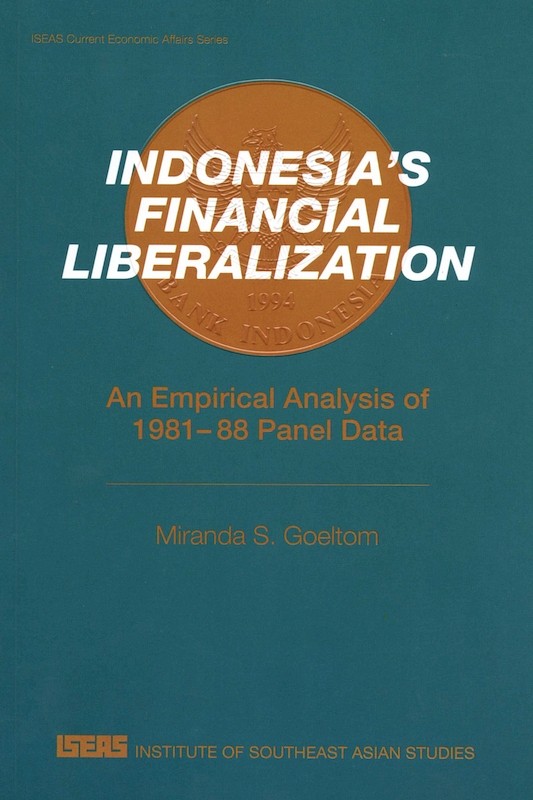
Miranda S Goeltom, author
Date of publication:
1995
Publisher:
Institute of Southeast Asian Studies
Number of pages:
96
Code:
ICEA10
About the publication
Using 1981-99 panel data on Indonesian manufacturing establishments and a survey of 2000 top business in Indonesia, Indonesia's Financial Liberalization analyses the consequences of financial liberalization on investment and allocation of credit, noting differential effects depending on size of firms, organizational form, and other categorizations.Using rigorous econometric tools, the conclusion derived is that although financial liberalization has increased borrowing costs, particularly for smaller firms, it has widened access to finance. The move from administrative-based to market-based allocation of credit has increased credit flow to firms that are more efficient, and these firms consequently have a higher concentration of investment.
Contents
-
Indonesia's Financial Liberalization: An Empirical Analysis of 1981-88 Panel Data
[Whole Publication, ISBN: 9789814379151] -
Preliminary pages
-
1. Macroeconomic & Policy Developments in Indonesia
-
2. Effects of the Financial Reform on Manufacturing Establishments
-
3. Econometric Evidence of the Effects of the Financial Reform on Capital Structure & Investment Choices
-
4. Efficiency & Credit Allocation
-
5. Conclusions & Recommendations
-
Appendices
-
Bibliography
-
The Author

